Finding History
Research Methods and Resources for Students and Scholars
Christine Bombaro
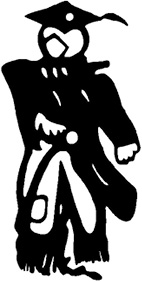
THE SCARECROW PRESS, INC.
Lanham Toronto Plymouth, UK
2012
Published by Scarecrow Press, Inc.
A wholly owned subsidiary of The Rowman & Littlefield Publishing Group, Inc.
4501 Forbes Boulevard, Suite 200, Lanham, Maryland 20706
www.rowman.com
10 Thornbury Road, Plymouth PL6 7PP, United Kingdom
Copyright 2012 by Christine Bombaro
All rights reserved. No part of this book may be reproduced in any form or by any electronic or mechanical means, including information storage and retrieval systems, without written permission from the publisher, except by a reviewer who may quote passages in a review.
British Library Cataloguing in Publication Information Available
Library of Congress Cataloging-in-Publication Data
Bombaro, Christine, 1971
Finding history : research methods and resources for students and scholars / Christine Bombaro.
p. cm.
Includes bibliographical references and index.
ISBN 978-0-8108-8379-6 (cloth : alk. paper) ISBN 978-0-8108-8380-2 (ebook)
1. HistoryMethodologyStudy and teaching. 2. HistoryResearchStudy and teaching. I. Title.
D16.B693 2012
907.2dc23 2012012751
 The paper used in this publication meets the minimum requirements of American National Standard for Information SciencesPermanence of Paper for Printed Library Materials, ANSI/NISO Z39.48-1992.
The paper used in this publication meets the minimum requirements of American National Standard for Information SciencesPermanence of Paper for Printed Library Materials, ANSI/NISO Z39.48-1992.
Printed in the United States of America
To the history majors of Dickinson College:
past, present, and future.
Above all things, in our historical investigations let us be exact. Here there is no justification of haste and lack of precision. So far as practicable, let us go to original sources of information. If we are obliged to receive information at second-hand, let us insist on knowing where our informant received his knowledge and his impressions.... There is no atonement for carelessness. If the historical student is unwilling to seek for the truth, even in the remotest recesses of darkness, he will have to be content to see his work lightly esteemed.
Charles Kendall Adams, A Manual of Historical Literature , 3rd ed. New York: Harper & Brothers, 1888
Contents
Acknowledgments
This book would not exist without the help of many colleagues, friends, and loved ones.
Finding History was generously supported by two important sources of funding. The first was a Carnegie-Whitney Grant from the American Library Association, which funded my travel to Boston, Massachusetts, and Washington, DC, and also paid part of my interns salaries. The second was two Dana Research Assistantships from Dickinson College, which allowed me to hire two remarkably talented and indispensable interns. I thank the review boards of both committees for providing me with the extra support I needed to complete the project.
This book could never have been finished without the help of my two Dana interns. My first intern, W. John Monopoli, class of 2011, was responsible for testing my research methodology by investigating reasons for John A. J. Creswells apparent change of name. Though not a history major, John developed as much interest in John A. J. Creswell as I had. His essay reveals both the frustrations and successes that come with any historical research project, and it filled me with a great sense of pride to have observed John learning the process under my tutelage and enjoying it. My second intern, Colin Macfarlane, class of 2012, was a history major genuinely interested in the usefulness of this book to his fellow students. He was not in any way reticent with the constructive criticism that shaped the organization and flow of this book, thus making the final project far superior to what I would have produced without his input. It would have taken me at least an additional year to complete this book without the help of both John and Colin, and I can only hope that the work they did with me on this project benefits them in some small way as they pursue their own careers.
I must wholeheartedly thank the professors of Dickinson Colleges Department of History for sharing their inexhaustible knowledge, and for offering humorous but always thorough and thoughtful critique of my work. Of particular help were Marcelo Borges (Latin American history) and Karl Qualls (Russian history). Professors David Commins (Middle East history) and Steve Weinberger (Middle Ages and Renaissance history) not only contributed their knowledge and offered constructive criticism, but also taught me as an undergraduate history major at Dickinson College. Professor Matthew Pinsker (U.S. Civil War era) generously allowed me to use numerous examples from his House Divided project throughout this book and additionally put me in touch with his knowledgeable and helpful colleagues at Harvard University. All of the history professors at Dickinson who teach historical research methods courses agreed to assign early drafts of this book as required reading.
I also owe a debt of gratitude to my colleagues in the Waidner-Spahr Library at Dickinson College. My director, Eleanor Mitchell, is without question is the finest leader I have ever had the privilege to work for and has always encouraged me to share my knowledge with a wide audience. She fully supported this project from its inception. Dickinsons cataloging librarian, Kirk Doran, retains an unbelievable knowledge of cataloging practices and over the years has helped me figure out the best ways to navigate library catalogs and databases; some of the advice that appears in this book I learned from him. James Gerencser, Dickinsons archivist and fellow graduate from the Dickinson College Class of 1993, offered publication leads and ever-patient assistance with the John A. J. Creswell files. He and Dickinsons special collections librarian, Malinda Triller, also spent quite a bit of time helping my interns and me identify helpful files and out-of-copyright maps in Dickinsons collection. Dickinsons GIS specialist James Ciarrocca created the maps of the Pine Grove Furnace area in chapter 4, and emeritus professor of geology Noel Potter provided the explanation and historical context of the region.
I say thank you also to the staff members at the Houghton Library of Harvard University who showed me the inner workings of university-sized libraries and archives: Tom Horrocks, associate librarian for collections; Rachel Howarth, associate librarian for public services; Leslie Morris, curator of modern books and manuscripts; Hope Mayo, curator of printing and graphic arts; Christina Davis, curator of the Woodsberry poetry room; and John Overholt, assistant curator of the Donald and Mary Hyde Collection of Dr. Samuel Johnson and early modern books and manuscripts.
In Washington, DC, I am particularly grateful for the help of William Davis at the National Archives, who spent quite some time pulling records and documents relating to John A. J. Creswell. As I later described the experience to my intern, Mr. Davis spent more time helping me than I would have spent on myself.
The employees and volunteers at the Historical Society of Cecil County in Elkton, Maryland, were particularly enthusiastic about this project and helped me to retrieve materials on Creswell both on site and remotely. Special thanks go to Billie Todd, Carol Donache, Mike Dixon, and Gary Burns.
At Scarecrow Press, I say thank you to my editor Martin Dillon for his patience in seeing this project through to its completion. I am also grateful to Michael Hermann for his initial interest in my proposal and for ensuring that it was reviewed by Scarecrows editorial board before he moved on to work for a different publisher.

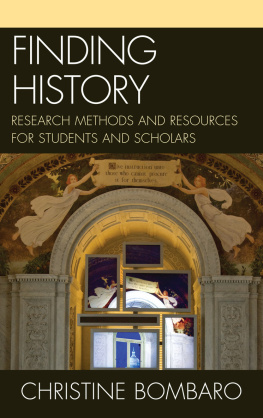
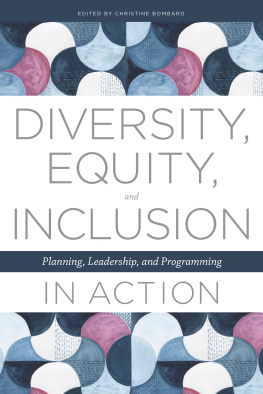

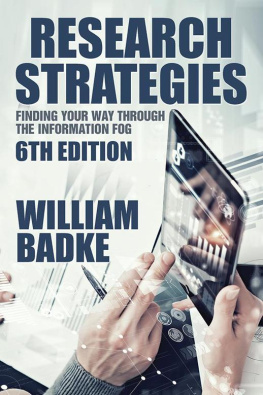
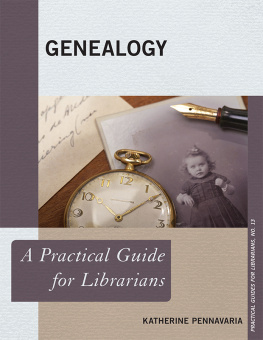
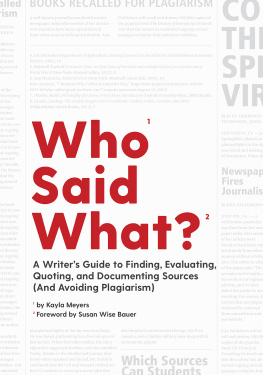
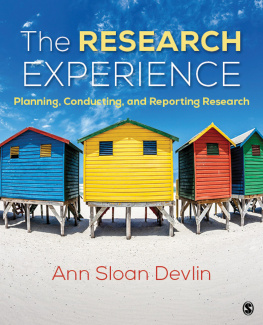
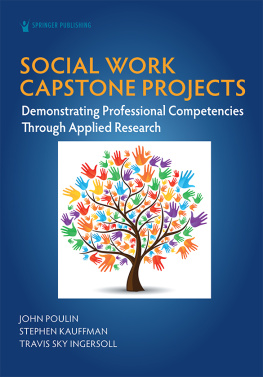
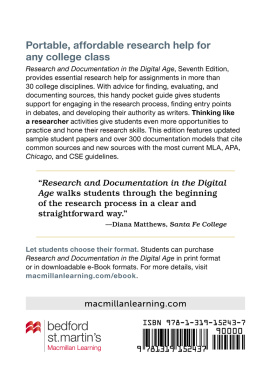
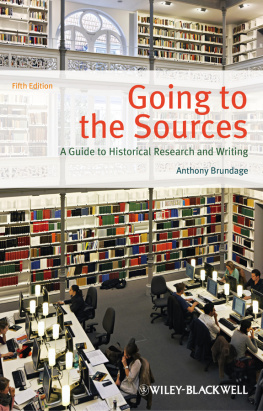

 The paper used in this publication meets the minimum requirements of American National Standard for Information SciencesPermanence of Paper for Printed Library Materials, ANSI/NISO Z39.48-1992.
The paper used in this publication meets the minimum requirements of American National Standard for Information SciencesPermanence of Paper for Printed Library Materials, ANSI/NISO Z39.48-1992.